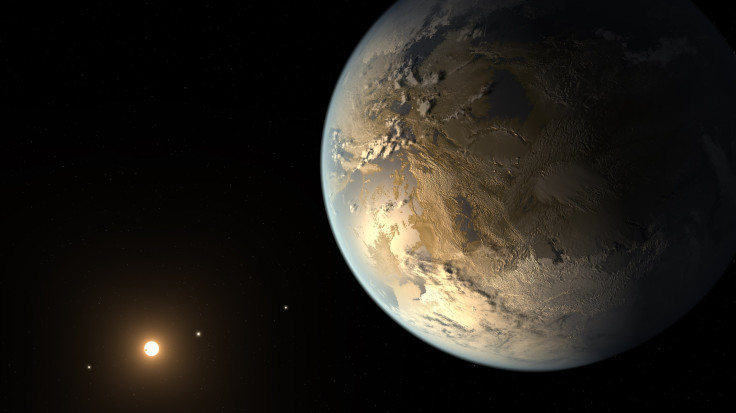Humans Closer To Finding Life On Other Worlds? Studies Narrow Down The Search
Are we getting closer to finding complex life on other planets? Recent studies have been narrowing down the places in the universe where life could be thriving.
Axial Tilt
Last year, Georgia Institute of Technology researchers used simulations to find out and analyze Kepler-186f and Kepler-62f’s spin axis dynamics. This is because a planet’s axial tilt is a significant factor in its habitability. One with a stable axial tilt also likely has a stable climate and changing seasons.
To understand Kepler-186f’s axial tilt better, researchers had a look at the relationship between Earth and Mars, two planets that strongly interact with each other but have vastly different axial tilts. Specifically, compared to Earth’s mild axial tilt that goes between 22.1 and 24.5 degrees, Mars’s unstable axial tilt varies from 0 to 60 degrees.
This is because, despite the strong interaction between the two, an interaction that should make both axial tilts wobbly and unstable, the Earth’s moon keeps its axial tilt steady and therefore hospitable to life. On the other hand, the interaction has kept Mars’s axial tilt unstable, making it a perfect example of how a planet can become an inhospitable planet because of its unstable axial tilt even if it is in its solar system’s habitable zone.
Interestingly, the researchers found that Kepler-186f’s axial tilt is actually rather stable, much like Earth’s, and they believe the same could be true for Kepler-62f as well possibly because of the interaction between the two is not as strong compared to Earth and Mars.
That said, there are still many things not known about the two exoplanets to determine whether they are truly hospitable to complex life.
Complex Life
Looking further into potentially habitable planets by determining their axial tilts, researchers of a new study, including the lead of the 2018 research, Gongjie Li, focused on binary star systems since 50 percent of stars have binary companion stars.
Although the search was not very hopeful when researchers looked at the so-called Goldilocks zone of neighbor binary star system Alpha Centauri B, which is only four lightyears away, they expanded to a more universal scope and concluded that 87 percent of exo-Earths in binary systems likely have axial tilts similar to Earth’s.
Simply put, although researchers did not find ideal axial tilts in the planets in our neighbor binary system, the optimistic news is that there are likely many others with Earth-like axial tilts, which means that scientists have a better idea of where to look for potentially habitable planets.
Only recently, another team of researchers also helped narrow down the search for habitable planets by this time taking a planet’s photochemistry into consideration. In the study, researchers determined that the planets around active stars that emit larger doses of radiation are more likely to lose water than those around calmer stars, while planets with thin ozone layers are also not ideal because of the high concentrations of radiation reaching the surface.
Fortunately, we now have specialized telescopes that can detect water vapor and ozone layers of planets, narrowing the search so scientists will know where best to look.
There is no saying when humans will finally find signs of complex life on other planets, but the information provided by these studies help narrow down the search for other habitable planets in a vast universe.

© Copyright IBTimes 2024. All rights reserved.








